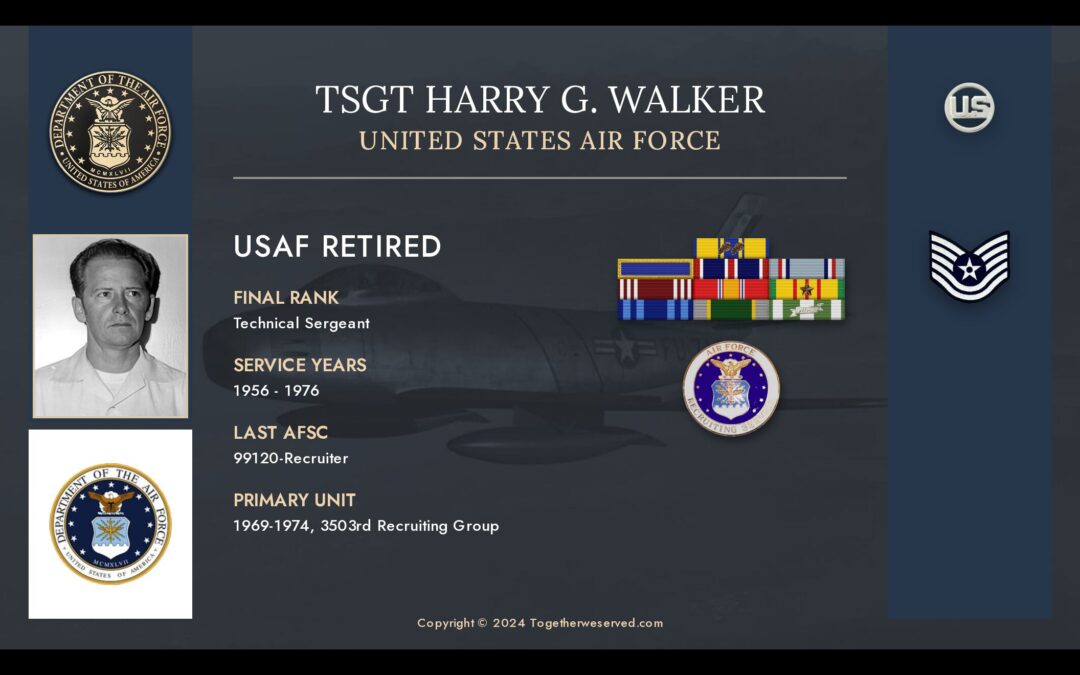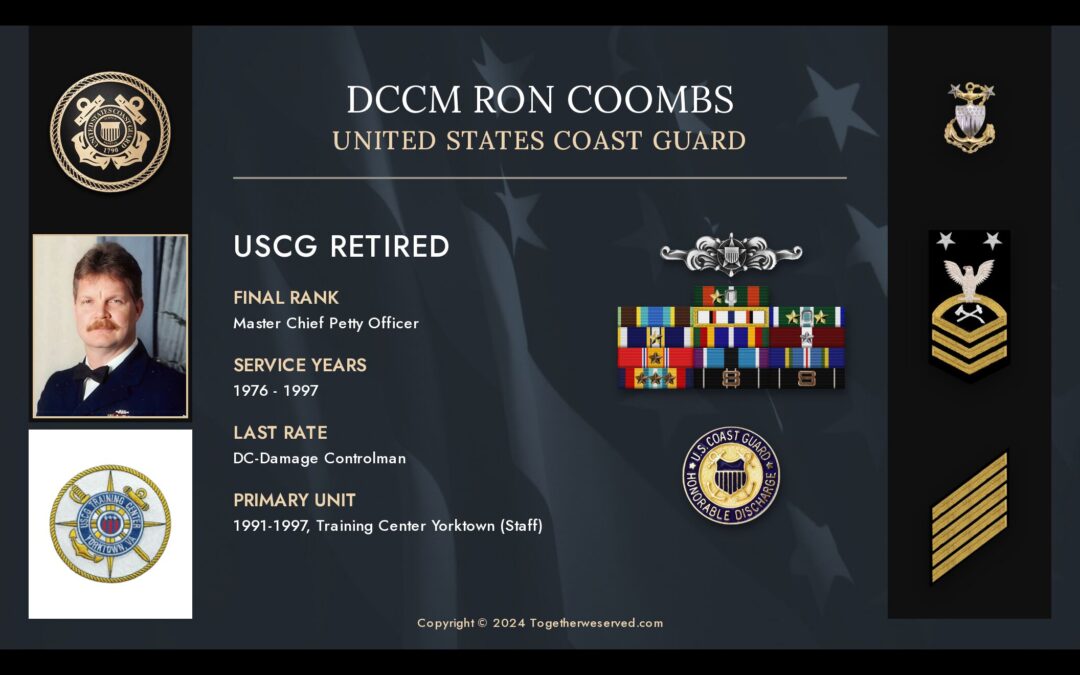What Favorite Automobile Did You Own During Your Military Service? What Special Memories Does This Bring Back For You?:
I was stationed overseas in Turkey in 1970-1971. A lot of things had changed when I made it back home on leave before shipping out to Viet Nam anti-war music, more hippies, bell-bottom jeans, and cars. The Dodges and Plymouths in particular, were spectacular sleek bodies, high-impact colors, and street-scorching big-block engines. A far cry from what I had gotten used to in Turkey mostly 50 s era American cars, big smoke-belching trucks, and Volkswagens that a lot of the NCO s on base had shipped over.










